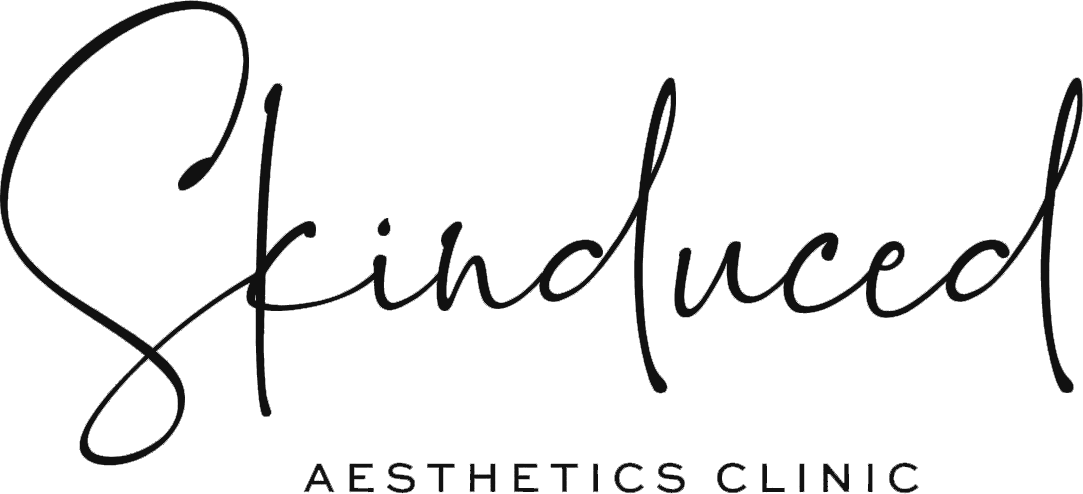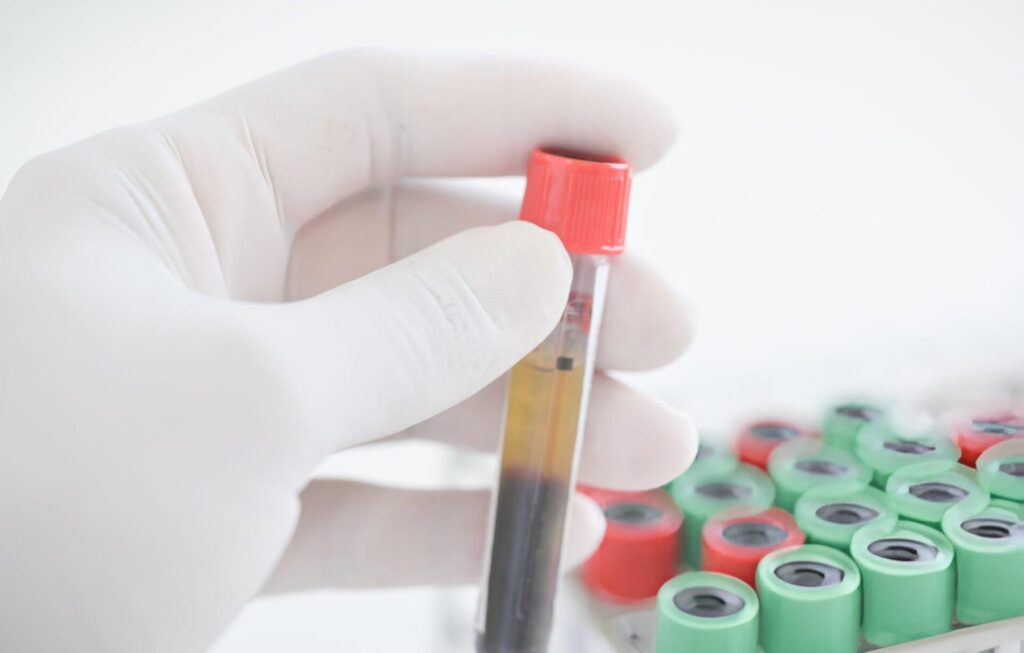Is PRP Safe? What to Expect and How to Avoid Side Effects
You’ve heard about PRP therapy. Friends talk about their results. You’ve seen before-and-after photos online. But one question keeps coming up: Is PRP safe?
This concern makes perfect sense. When people ask, “Is PRP safe?” They want honest answers about potential risks. Any treatment that involves needles and your blood deserves serious thought. You want real answers about what can go wrong, what feels normal, and how to stay safe.
Concerned about PRP side effects or if it’s the right choice for your skin? Our team in Newcastle is happy to answer your questions – book a free consultation anytime.
Let’s break down everything you need to know about PRP safety. No hype. Just facts.
What Is PRP and How Does It Work?
PRP stands for platelet-rich plasma. It’s your blood, processed to separate the platelet-rich components from other blood cells.
Here’s the simple process:
- A doctor takes a small amount of your blood (like a regular blood test)
- The blood goes into a machine that spins it fast
- This separates the platelet-rich plasma from red blood cells
- The concentrated platelets get injected back into your skin or scalp
Your platelets play an important role in healing. They contain growth factors that help with wound healing and tissue repair. When doctors inject this concentrated plasma back into your body, it can help with hair loss, skin improvement, and other concerns.
Common PRP Side Effects (And What’s Normal)
Most people worry about side effects when they ask, Iss PRP safe?” The good news? PRP side effects are usually mild because you’re using your blood. Your body recognises the substance.
The question “Is PRP safe?” becomes easier to answer when you understand what normal reactions look like.
Immediate Side Effects (First 24-48 Hours)
Pain at the injection site – This is the most common complaint. You might feel:
- Mild to moderate discomfort
- Tenderness when touching the area
- A dull ache that fades over 1-2 days
Swelling and redness – Your skin may look:
- Slightly puffy around injection points
- Pink or red for a few hours
- Similar to a minor bruise
Bruising – Small bruises can appear where the needle entered. These usually disappear within a week.
What Should NOT Happen
Call your doctor immediately if you experience:
- Severe pain that gets worse after 48 hours
- Signs of infection (yellow discharge, increasing redness, fever)
- Allergic reactions (though these are extremely rare with your blood)
- Excessive swelling that doesn’t improve
Read More: https://skinduced.com.au/how-to-get-rid-of-double-chin
Is PRP Safe for Different Treatments?
When people ask, Iss PRP safe?” the answer often depends on what area you’re treating. Let’s look at safety for different PRP applications.
PRP for Hair Loss
PRP therapy for hair loss has a strong safety record. The treatment targets hair follicles directly. Most people experience only minor scalp tenderness.
The healing process for hair PRP typically involves:
- Mild scalp sensitivity for 1-2 days
- No need to avoid washing your hair (wait 24 hours)
- Results become visible after 3-6 months
PRP for Skin and Face
Facial PRP (sometimes called a “vampire facial”) is generally safe when done properly. The face has more nerve endings, so that you may notice more discomfort than in other areas.
Expected reactions include:
- Temporary redness (like a mild sunburn)
- Slight swelling, especially around the eyes
- Skin tightness for 24-48 hours
PRP for Other Conditions
Doctors also use PRP injections for conditions like tennis elbow and other joint problems. The safety profile remains similar across different body areas.
How to Avoid PRP Complications
Choose the Right Clinic
Not all clinics are equal. Look for:
- Qualified medical professionals
- Clean, sterile environments
- Proper equipment for blood processing
- Clear aftercare instructions
Ask About Their Process
A good clinic will explain:
- How do they separate the platelet components
- What concentration do they use
- How do they ensure sterile conditions
- Their experience with PRP treatments
Follow Pre-Treatment Guidelines
Before your appointment:
- Stay hydrated (drink plenty of water)
- Avoid blood-thinning medications if approved by your doctor
- Don’t drink alcohol 24 hours before treatment
- Eat a light meal before your appointment
Stick to Aftercare Instructions
After PRP therapy:
- Keep the area clean and dry for 24 hours
- Avoid intense exercise for 48 hours
- Don’t apply makeup to treated facial areas for 24 hours
- Stay out of direct sun for a few days
Everyone’s skin reacts differently. If you’re unsure what to expect after PRP or want to avoid mistakes, chat with our experts at Skinduced — we’re here to guide you.
What Makes PRP Safer Than Other Treatments?
Many people wonder, “Is PRP safe?” compared to other cosmetic treatments. Here’s why PRP often has fewer risks:
It’s Your Blood
The biggest safety advantage of PRP is that it uses your blood components. This eliminates most risks of allergic reactions or rejection.
Minimal Processing
Unlike synthetic treatments, PRP involves minimal processing. The platelet-rich plasma maintains its natural properties.
No Long Term Storage Issues
Fresh PRP gets used immediately. There’s no long-term storage that could affect safety or quality.
Potential Risks to Know About
Infection Risk
While rare, infection can occur at any injection site. This risk stays low when proper sterile techniques are used.
Signs of infection include:
- Increasing pain after 48 hours
- Red streaks from the injection site
- Fever or chills
- Unusual discharge
Blood Draw Complications
Some people feel faint during the blood sample collection. This is more common in people who:
- Haven’t eaten before the procedure
- Have a fear of needles
- Are dehydrated
Individual Reactions
A small number of people may experience:
- Headaches (usually mild and temporary)
- Dizziness
- Nausea (rare)
Insurance and Cost Considerations
Most insurance plans don’t cover PRP for cosmetic purposes. However, some plans may cover PRP when used for medical conditions like chronic wounds or certain types of hair loss.
The potential risk of not getting results should also be considered. While many people see improvements, PRP doesn’t work for everyone.
Real-World Safety: What Clinics Do
Proper Equipment
Professional clinics use certified centrifuges to separate blood components correctly. The right equipment ensures consistent, safe results.
Sterile Techniques
Every step should follow medical standards:
- Single-use needles and tubes
- Sterile gloves and surfaces
- Proper disposal of medical waste
Staff Training
Qualified staff know how to:
- Draw blood safely
- Process PRP correctly
- Recognise potential complications
- Provide appropriate aftercare
When to Avoid PRP
PRP isn’t suitable for everyone. You should avoid the treatment if you have:
- Active infections at the treatment site
- Certain blood disorders
- Cancer (in some cases)
- Are you pregnant or breastfeeding
- Take certain medications that affect blood clotting
Always discuss your medical history with your doctor before starting PRP therapy.
Making Your Decision
When asking “Is PRP safe?” you need to consider your situation. PRP safety comes down to two main factors: the clinic you choose and how well you follow instructions.
The question “Is PRP safe?” has been studied extensively. The treatment has been used safely for years, first in sports medicine and wound healing, then expanding to cosmetic applications. The healing process is generally straightforward when done correctly.
Consider these questions:
- Do you have realistic expectations about results?
- Are you comfortable with the minor discomfort involved?
- Can you follow aftercare instructions carefully?
- Have you researched your chosen clinic thoroughly?
Your Next Steps
PRP can be a safe, effective treatment when you choose the right provider and follow proper protocols. The key is getting accurate information and working with experienced professionals.
Most people find the treatment much easier than they expected. The actual discomfort is brief, and serious complications are rare.
Is PRP safe or right for your skin? Book a free consultation at Skinduced Aesthetics Clinic in Newcastle. Our team will explain everything and help you make the best decision for your skin — no pressure, just expert care.
Frequently Asked Questions
How long do PRP side effects last?
Most side effects resolve within 48-72 hours. Bruising may take up to a week to fade completely.
Can I return to work after PRP?
Yes, most people return to normal activities immediately. You should schedule facial treatments before a weekend if you’re concerned about redness.
How do I know if my reaction is normal?
Normal reactions are mild and improve over time. Contact your clinic if symptoms get worse after 48 hours or if you develop signs of infection.
Is PRP safer than other cosmetic treatments?
The answer to “is PRP safe” often comes down to comparison. PRP has fewer risks than many cosmetic procedures because it uses your blood. However, all treatments carry some risk.
What should I do if I’m still nervous about PRP?
Talk to a qualified practitioner about your specific concerns. They can explain exactly what to expect and help you decide if PRP is right for you.



